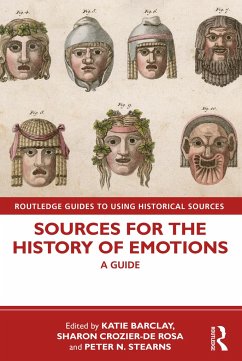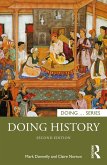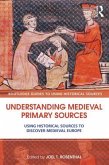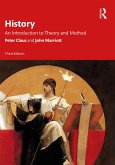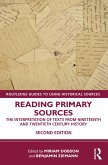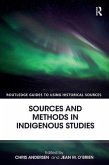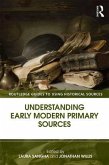Offering insights on the wide range of sources that are available from across the globe and throughout history for the study of the history of emotions, this book provides students with a handbook for beginning their own research within the field.
Divided into three parts, Sources for the History of Emotions begins by giving key starting points into the ethical, methodological and theoretical issues in the field. Part II shows how emotions historians have proved imaginative in their discovering and use of varied materials, considering such sources as rituals, relics and religious rhetoric, prescriptive literature, medicine, science and psychology, and fiction, while Part III offers introductions to some of the big or emerging topics in the field, including embodied emotions, comparative emotions, and intersectionality and emotion. Written by key scholars of emotions history, the book shows readers the ways in which different sources can be used to extract information about the history of emotions, highlighting the kind of data available and how it can be used in a field for which there is no convenient archive of sources.
The focused discussion of sources offered in this book, which not only builds on existing research, but encourages further efforts, makes it ideal reading and a key resource for all students of emotions history.
Divided into three parts, Sources for the History of Emotions begins by giving key starting points into the ethical, methodological and theoretical issues in the field. Part II shows how emotions historians have proved imaginative in their discovering and use of varied materials, considering such sources as rituals, relics and religious rhetoric, prescriptive literature, medicine, science and psychology, and fiction, while Part III offers introductions to some of the big or emerging topics in the field, including embodied emotions, comparative emotions, and intersectionality and emotion. Written by key scholars of emotions history, the book shows readers the ways in which different sources can be used to extract information about the history of emotions, highlighting the kind of data available and how it can be used in a field for which there is no convenient archive of sources.
The focused discussion of sources offered in this book, which not only builds on existing research, but encourages further efforts, makes it ideal reading and a key resource for all students of emotions history.
'This collection will doubtless become a core reference work, both for historians of the emotions, and scholars concerned with emotions more generally. It will be of huge value to students seeking to navigate this exciting field for research dissertations, as it places various source types in careful and critical scholarly context, without becoming esoteric in language or focus. The authors and editors have done a fine job. This book will be of immense practical use, and a stimulating intellectual resource, for all concerned with the emotions and their expression, in the discipline of history and beyond.'
Chris Millard, University of Sheffield, UK
Chris Millard, University of Sheffield, UK

